Welcome to the enchanting kingdom of Cambodia, a country brimming with opulent palaces, ornate temples, and pristine beaches. This comprehensive travel guide will lead you through the fascinating history and culture of this Southeast Asian gem, spotlight its marquee destinations and hidden treasures, and equip you with all the vital travel logistics. Whether you are an intrepid adventurer or a laid-back traveller, we aim to provide you with practical tips on accommodations, local cuisine, and shopping havens. Further, a safe trip is a happy trip – so we’ve got you covered on that front too, with important information on safety and local etiquette. So, come along for an unforgettable Cambodian escapade.
Understanding Cambodia: History and Culture
Discover the History of Cambodia
Cambodia’s history is steeped in a mix of radiant highs and sombre lows, all of which played pivotal roles in moulding the country it is today. Ancient Cambodia was a powerful and prosperous empire that manifested itself in the awe-inspiring Angkor Wat, an important archaeological site built in the 12th century amidst the dominant reign of the Khmer Empire. This sun-kissed stone structure remains as a symbol of the nation’s golden age, its intricate carvings narrating stories of mythology and everyday life.
The colours of Cambodia’s past darken as one delves into the 20th century, when it suffered under the brutal rule of the Khmer Rouge. Under Pol Pot’s regime, Cambodia witnessed an appalling genocide from 1975 to 1979, wherein nearly two million people were executed or died due to disease and starvation. The impact of this period lingers, echoing eerily within the premises of The Killing Fields and Tuol Sleng Genocide Museum.
Experience Cambodia’s Remarkable Heritage
Cambodia’s cultural heritage is rich and diverse, reflecting influences from India and China, among others. It is a country where ancient and modern worlds collide to create a unique contrast of age-old traditions and rapid modernisation. Khmer customs and etiquette ubiquitously underline the societal fabric, reinforcing respect for elders and religious ceremonies.
A distinctively Cambodian experience begins with savouring its cuisine, a gastronomic journey through recipes passed down generations. Khmer cuisine is often overshadowed by its better-known neighbours, but dishes like Amok – a coconut curry usually with fish, and Lok Lak – a stir-fried peppered beef, standout as testament to the country’s culinary prowess.
Embrace Cambodia’s Present Day Culture
Cambodia’s people are its pulse. Despite a turbulent history, they radiate warm smiles and exude an indomitable spirit. Traditional arts and crafts flourish across the country, especially within the realms of music, dance and theatre. The Apsara dance, a classical style narrating Hindu and Buddhist myths is deeply ingrained within the Khmer culture, adding vibrancy to events and ceremonies.
Religion, specifically Buddhism, plays a significant role in Cambodian lifestyle. The country is doused in spiritual mysticism visible through the saffron robes of monks, floating in rhythmic unison against countless temples or ‘wats’ sprinkled across the country. These structures, set amidst stunning landscapes, resonate with architectural brilliance and extend invitations for quiet contemplation.
Understanding Cambodia Beyond Its Tourist Hotspots
Visiting Cambodia goes beyond exploring the vast temple complex of Angkor Wat or sandy beaches of Sihanoukville. To truly understand Cambodia, one must immerse in its history, respect its poignant past, indulge in its cuisine, appreciate its culture and connect with its people. Each interaction, every encounter unfolds a layer, shedding light on a nation that rises above challenges, cherishes its heritage and welcomes the future with hopeful persistence.
Preparation Matters – A Comprehensive Cambodian Travel Guide
In preparation for a trip to Cambodia, it’s important to consider the local customs and courtesies. Learn a phrase or two in Khmer, follow guidelines at religious and historical sites, and respect traditions. Consider the seasonal changes when planning; the dry season between November and April is often preferred by travellers for its comfortable temperatures and lesser rainfall. Understand the local economy and ensure that your tourist activities are ethical and supportive of the local communities.
In essence, Cambodia is a captivating place of rich diversity, presenting a tantalising fusion of ancient grandeur, poignant history, and vibrant cultural spectacles. The dynamic mixture of experiences on offer here makes every journey to Cambodia an emotionally resonant and truly unforgettable escapade.
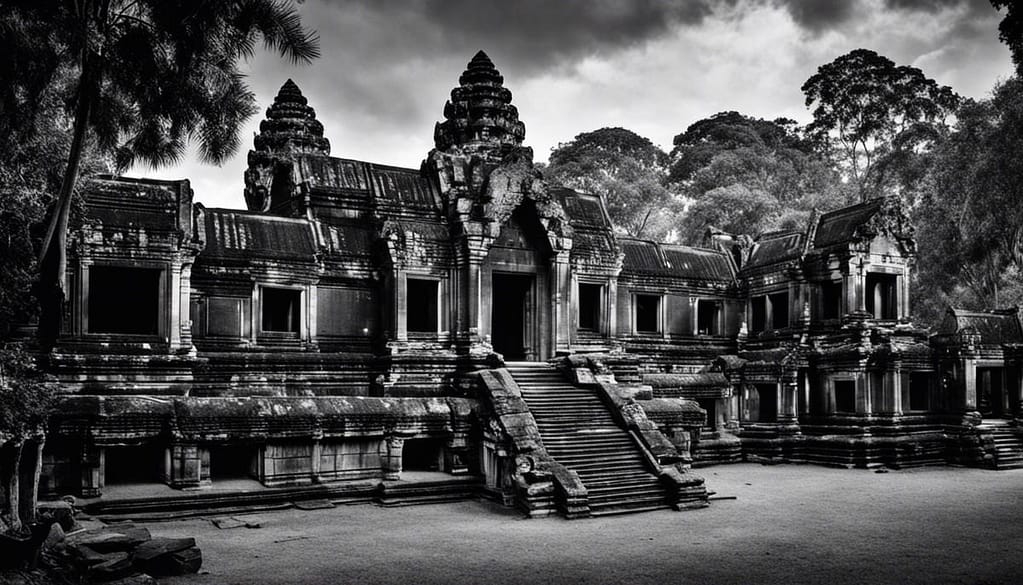
Spotlight on key destinations: Angkor Wat and Beyond
Unravelling the Mysteries of Angkor Wat
Undoubtedly the most renowned destination in Cambodia, Angkor Wat stands as an iconic national emblem, captured proudly on the country’s flag. Sporting the title of the world’s largest religious monument, Angkor Wat encompasses a sprawling 400 square kilometres that includes temples, reservoirs, and old travel routes. Its stunning aesthetic allure intertwined with a deeply rooted cultural past creates a spellbinding encounter for its visitors. Conceived by the Khmer King Suryavarman II in the early 12th century, this architectural marvel is adorned with detailed artwork and carvings that bring to life ancient Hindu epics.
The Charm of Phnom Penh’s Royal Palaces
Heading south, you will find Phnom Penh, Cambodia’s bustling capital filled with historical sites, bustling markets, and an array of food shacks serving traditional Cambodian cuisine. Notable amongst them is the stunning Royal Palace which features a classic Khmer architectural style highlighted by towering spires. The Royal Palace houses the Silver Pagoda, famous for its floor covered with over 5,000 silver tiles and allows you a glimpse of the royal life.
The Rising Sun at Srah Srang
Continuing your journey, you cannot miss the experience of witnessing the rising sun at Srah Srang. This royal bathing pool is a part of the Angkor complex and a preferred spot among travellers for viewing sunrise. The reflecting sunlight on the serene water creates a picturesque scene. The eastern side of the ‘pool’ hosts a landing stage decorated with a serpent-balustrade, lending it a truly royal touch.
The Tranquillity of Koh Rong
A respite from the bustling city and historical sites, the tranquil beaches of Koh Rong offer soft sandy beaches, clear waters, and dense tropical jungle. Koh Rong is Cambodia’s second largest island and the pristine4 marine life makes it a popular spot for snorkelling and scuba diving. The white sand beach that stretches up to 5kms is often referred to as ‘long set beach’ and provides a serene and peaceful atmosphere for relaxation and rejuvenation.
The Spectacular Phnom Kulen
A little further away from the main Angkorian ruins situated near Siem Reap, the Phnom Kulen National Park is a treat for nature lovers. This is home to the country’s largest reclining Buddha that’s been carved into a sandstone boulder. With the stunning waterfall providing a blissful retreat and the sacred carvings under the water, it’s a destination not to be missed.
Unforgettable Tours in Tonle Sap
To gain insight into the Cambodian way of life, a tour of Tonle Sap, Southeast Asia’s largest freshwater lake, would be highly beneficial. The communities around the lake live in stilted houses or houseboats and their lives are integrally connected to the ebb and flow of the lake. The floating villages and flooded forests of Tonle Sap are a testament to the adaptability of Cambodia’s people.
Culminate Your Journey in Sihanoukville’s Beaches
Bring your journey to a delightful end in the tranquil beach town of Sihanoukville. Famed for its relaxed ambiance, sandy beaches, and delectable seafood, this city has earned its reputation as the premier beach destination in Cambodia. Occheuteal Beach and Serendipity Beach are among its finest attractions, perfect for unwinding, engaging in fun beach activities, and experiencing a variety of water sports.
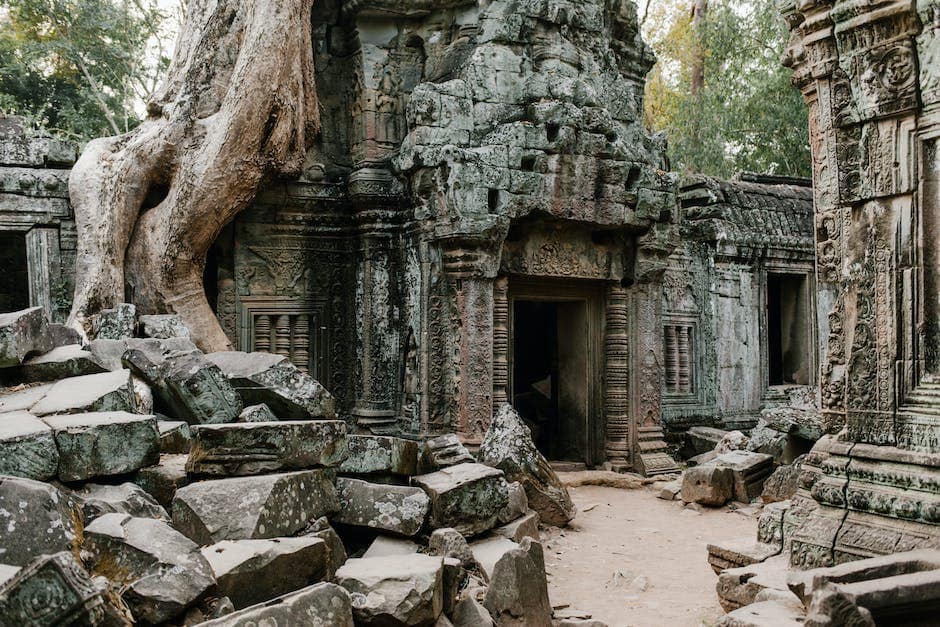
Travel Logistics: Getting There and Getting Around
Your Journey to Cambodia
Depending on your point of departure and personal travel preferences, Cambodia can be accessed by air, land, or sea. The nation is home to three international airports – Phnom Penh International Airport, Siem Reap International Airport, and Sihanoukville International Airport. Numerous airlines offer direct flights to these locations from several global regions. However, if you’re travelling from European or North American countries, one or two stopovers may be required.
If you’re considering an alternative route, travelling by bus is a viable option too. There are frequent bus services from neighbouring countries such as Thailand, Laos, and Vietnam. Additionally, some adventurers prefer to cross the border via train from Thailand or boat using either the Mekong River or the Gulf of Thailand. Nonetheless, it’s advisable to research these routes meticulously, as their services may be irregular and less dependable.
Getting Around Cambodia
Once you’ve arrived in Cambodia, there are several transportation options to choose from, including taxis, tuk-tuks, moto-taxis, and buses for longer distances. Renting a car is an option, but not commonly recommended due to the chaotic road conditions, occasional lack of road signage, and different road rules.
Taxis are available in the larger cities and are generally inexpensive, though it’s advisable to agree on a fare before starting a journey to avoid any disagreements. The tuk-tuk, a motorised rickshaw, is a popular and cost-effective method of transport for short distances within cities or towns. Moto-taxis, essentially motorbikes with passenger seats, are another common sight. These are well-suited for navigating congested city traffic or for short trips within town.
For long distance travel, buses are the primary choice and are quite efficient. There are multiple bus companies that provide intercity and interprovincial services, with fares varying according to the distance and type of bus. Additionally, domestic flights can be a quicker, albeit more expensive alternative for travelling longer distances within the country.
Travel Dos and Don’ts in Cambodia
As you travel around this enchanting kingdom, always remember to respect the local customs and culture. Dress modestly when visiting temples or religious sites, with shoulders and knees covered. Be aware that it’s generally not customary to tip in Cambodia, though it can be appreciated at higher-end restaurants or for excellent service.
When using any form of transport, keep your belongings secure and within reach, as pickpocketing can be an issue, particularly in busy city areas. Always negotiate fares in advance when using taxis or tuk-tuks. If you decide to rent a scooter or motorbike, be sure to have an international driving permit. Cambodian traffic conditions can be chaotic, so always drive with care.
Cambodia, a captivating country rich in history and teeming with natural beauty, offers a unique opportunity for any traveller willing to explore its offerings. Throughout this travel guide, we will provide essential insights and practical tips to help you plan for a comfortable, safe, and delightful journey across this fascinating land.
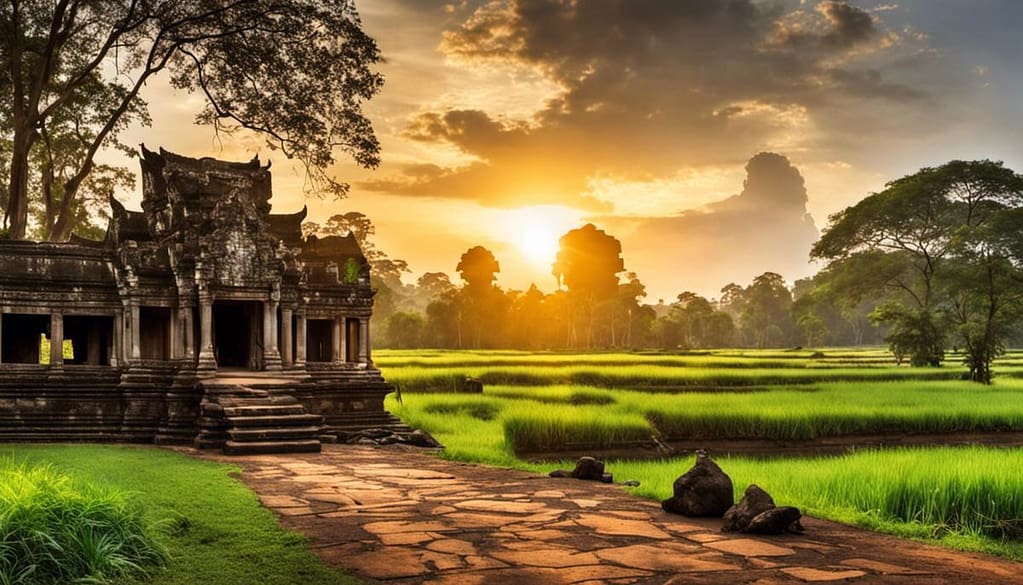
Practical Travel Tips: Accommodations, Cuisine and Shopping
Planning Your Stay in Cambodia
As a national treasure filled with cultural history and a mosaic of landscapes, Cambodia provides a range of accommodation options to suit every budget. In bustling cities like Phnom Penh and Siem Reap, you will find a variety of luxury hotels providing the highest standards of comfort and hospitality. Take the historical landmark, Raffles Royal Hotel in Phnom Penh, or the stylish Park Hyatt Siem Reap, both offering a seamless blend of traditional charm and modern comforts.
For more budget-aware travellers, a range of guesthouses and hostels can be found throughout popular destinations such as Phnom Penh, Siem Reap, and Sihanoukville. Choices like The Siem Reap Chilled Backpacker or the Mad Monkey Hostel in Phnom Penh offer affordable yet comfortable accommodations, ideal for those wanting to spend more on experiences rather than lodging.
Experiencing Cambodian Cuisine
Cambodia’s culinary sights and tastes are not to be missed. Traditional Khmer cuisine offers a blend of tangy, sweet and spicy flavours. Be sure to try the national dish, Fish Amok, a tender fish fillet steamed in a savoury coconut curry. Another popular local dish is the Beef Lok Lak, wok-fried beef cubes in brown sauce, served with runny eggs, fresh tomatoes and cucumbers.
Street food culture is prominent in places like Siem Reap and Phnom Penh, offering a myriad of affordable and tasty local delights. However, maintaining caution with street food hygiene is crucial. Frequent stalls with high traffic and those with visible fresh food preparations.
Taste of High-End Dining
Gourmands seeking luxury dining experiences will not be disappointed. Topaz in Phnom Penh and Embassy in Siem Reap offer French-inspired Khmer cuisine, serving meticulously crafted dishes in refined settings.
Exploring Local Markets
Cambodia’s markets are an integral part of its culture and offer a great chance to engage with local life. Phsar Thmey, also known as the Central Market in Phnom Penh, housed under a large yellow dome, is a city landmark. You can find everything from handmade souvenirs, jewellery, clothes, to electronic goods and fresh produce.
In Siem Reap, make a beeline for Angkor Night Market. This bustling market offers an exciting shopping experience, featuring local crafts, silk scarves, wood carvings, and unique souvenirs. For those in Sihanoukville, Otres Market is filled with local artisans selling handmade goods, perfect for gifts or as a keepsake from Cambodia.
Designing, Discovering, and Interacting
To truly make the most of your Cambodian journey, you must dedicate yourself to designing, discovering, and interacting. An adventurous spirit, an eagerness to explore cultural offerings, and a respect for local traditions and manners will aid you greatly in immersing yourself within the enriching lifestyle of Cambodia.
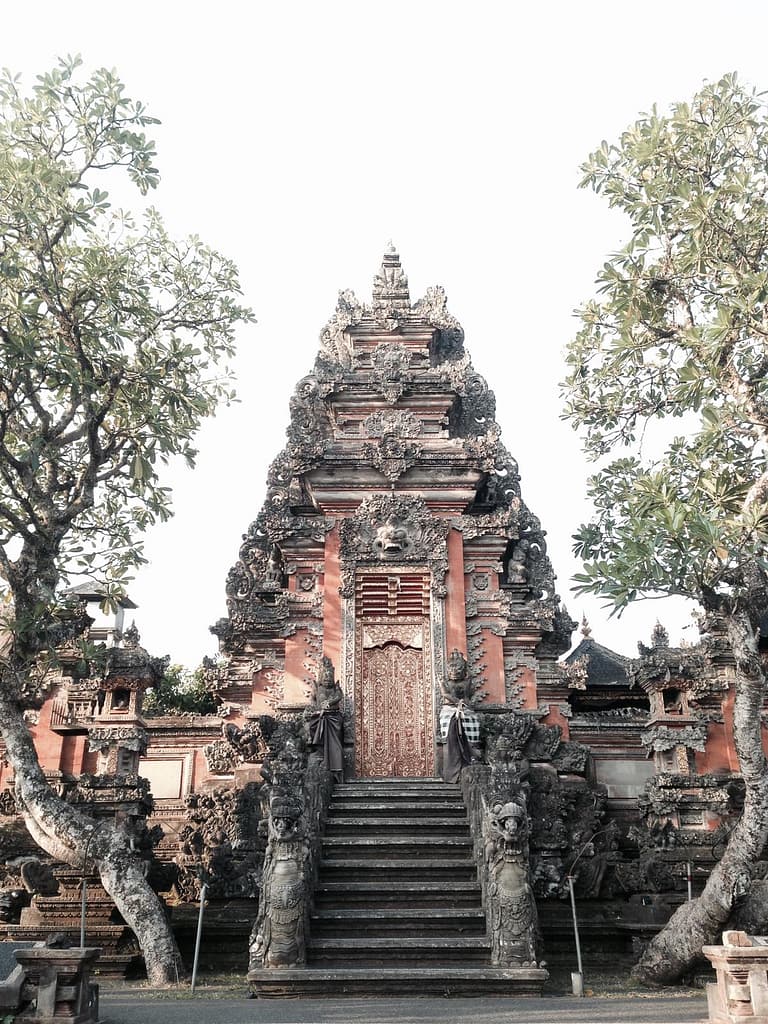
Photo by yukiehamada on Unsplash
Safety and Etiquette in Cambodia
Security Considerations in Cambodia
The Kingdom of Cambodia, found in Southeast Asia, is steeped in cultural wealth and historical importance. Nonetheless, as a visitor, it’s crucial to understand the safety measures necessary to ensure a secure journey. Begin by being vigilant with your possessions, particularly in crowded places or tourist attractions, as bag-snatching and pickpocketing are not unheard of in Cambodia. You’ll reduce the risk of becoming a target by refraining from visibly carrying expensive items or technology.
Whilst petty crime is not rampant in Cambodia, it does exist, so always maintain caution. Always keep your accommodation locked and secure your valuables. Incidents of violence towards visitors are rare, yet it is sensible to stay in well-lit, crowded locations after dark.
Should you choose to travel via road in Cambodia, be prepared. The roads are traversed by a disorganised mix of motorcycles, cars, tuk-tuks, bicycles, and occasionally livestock. As a result, it can be prone to road accidents, some of which can be fatal. Brace yourself for unpredictable local driving habits if you choose to drive.
The tropical climate of Cambodia is another factor you should account for. The country is susceptible to malaria, dengue fever, and other tropical diseases. It’s prudent to get vaccinated prior to travelling and always carry mosquito repellent along.
Scams to Avoid
There are several tourist scams that you may encounter during your visit to Cambodia, so understanding these can save you time, money and stress. One of the most rampant scams is the infamous ‘milk scam’, where a child or woman will ask you to buy powdered milk instead of asking for money. Unfortunately, the powdered milk often gets returned to the shop in exchange for money once you leave.
Another frequent scam is an overpriced Tuk-Tuk ride. Be sure to negotiate your fare before hopping on a Tuk-Tuk ride. As a benchmark, short rides should cost around $2-3 and no more than $5-7 for longer journeys.
A wrongly named “Orphanage Tourism” where foreigners are led to donate or volunteer at fake orphanages is also growing. It’s advisable to research thoroughly before donating to any cause in Cambodia.
Understanding Cambodian Etiquette
Cambodian culture is deeply rooted in respect and politeness, and understanding some basic etiquette can enhance your travel experience. For instance, Cambodians traditionally greet each other with a sampeah — a prayer-like gesture with the hands held together. However, as a foreigner, a simple spoken salutation will suffice.
Modest dress is expected, especially when visiting religious sites like the Angkor Wat. Avoid skimpy outfits or clothing that reveal too much skin. The people are conservative, and such clothing can often be seen as disrespectful.
Be mindful when interacting with monks. Women, in particular, should avoid physical contact with Buddhist monks as they are not allowed to touch women.
Finally, remember that Cambodia has suffered a painful recent history under the Khmer Rouge regime. The memory is fresh and painful for many locals, so maintain sensitivity when discussing this reign in conversations.
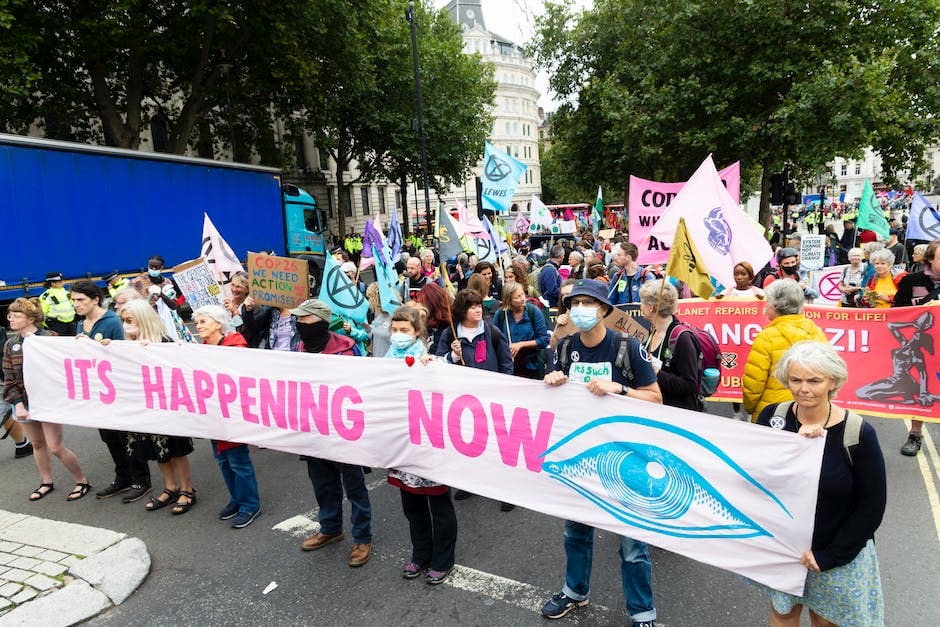
After traversing historical timelines, meandering through majestic edifices, and absorbing a cornucopia of practical tips, we hope you feel well-prepared for your Cambodian voyage. Equipped with knowledge about the different forms of transportation, accommodation options, culinary delights and shopping adventures that await you in Cambodia, alongside essential safety advice and cultural etiquette, you are now ready to delve into the richness of Cambodia. May the beauty and charm of this wonderful nation add an assortment of colourful memories to your travelogue.

